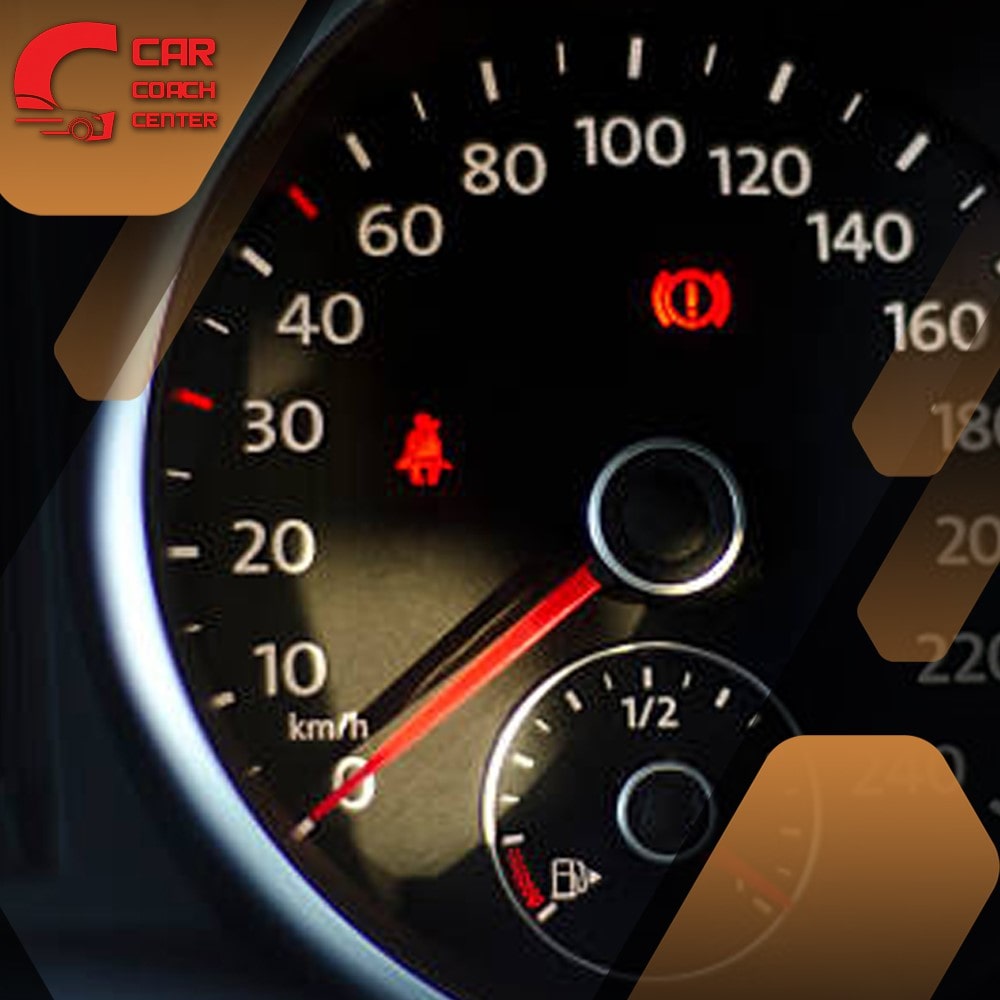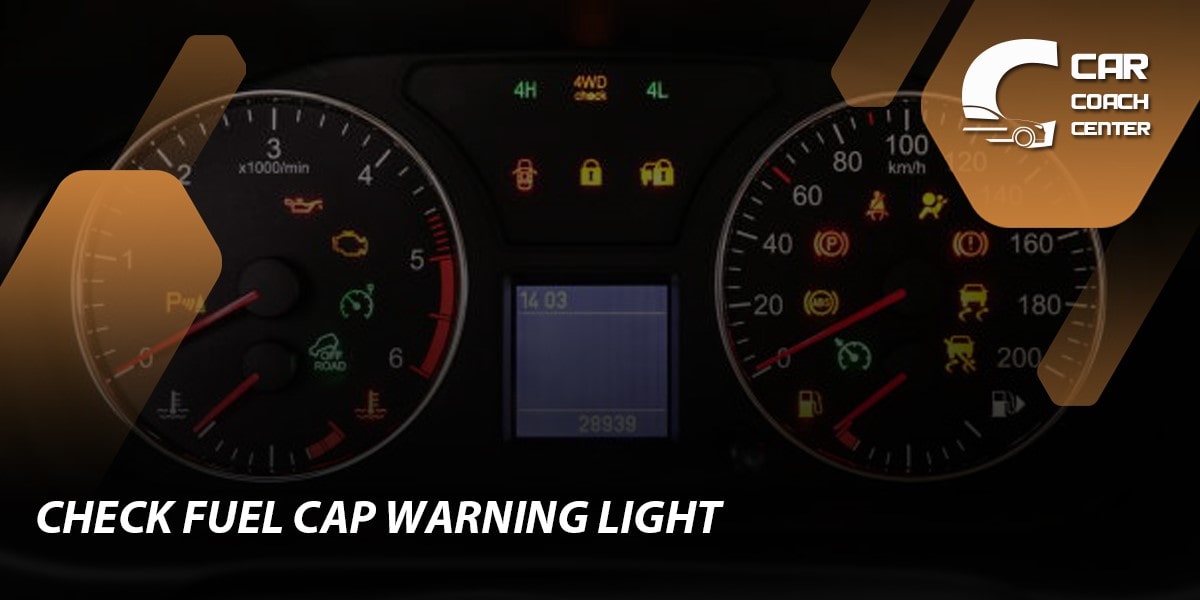Kia Sorento Warning Lights Symbols
The Kia Sorento, a popular SUV known for its reliability and advanced features, comes equipped with a range of warning lights symbols that indicate various issues or conditions. It is important to understand the meaning behind these symbols to ensure the safety and optimal performance of your Kia Sorento.
In this comprehensive guide, we will delve into each warning light symbol found in Kia Sorento vehicles, providing detailed explanations, possible causes, and recommended actions to take when they illuminate.
CarCoachCenter.com is your ultimate resource for car-related information, offering expert advice, informative articles, and practical solutions to help car owners and drivers tackle various automotive issues with confidence.

Engine Warning Light
The engine warning light, usually depicted as a symbol resembling an engine, indicates a potential issue with the engine. It is a crucial warning that should not be ignored. Here’s what you need to know:
Meaning: The engine warning light alerts you to a problem within the engine system, such as a malfunctioning sensor, emissions issue, or engine component failure.
Possible Causes: The causes can vary, ranging from a loose gas cap to more serious engine malfunctions. Common causes include a faulty oxygen sensor, catalytic converter problem, or ignition system issue.
Recommended Actions: When the engine warning light illuminates, it is advisable to reduce speed and proceed with caution. Check for any obvious issues, such as a loose gas cap. If the light persists or there are other symptoms like strange noises or reduced performance, it is best to consult a qualified mechanic for diagnosis and repairs.
Battery Warning Light
The battery warning light, often represented as a battery-shaped symbol, indicates a problem with the charging system or battery. Here’s what you need to know:
Meaning: The battery warning light alerts you to a potential issue with the vehicle’s electrical system or a weak battery.
Possible Causes: The causes can include a faulty alternator, loose or corroded battery terminals, or a worn-out battery.
Recommended Actions: When the battery warning light illuminates, it is important to address it promptly. Check the battery connections for any corrosion or looseness. If the connections are fine, it is advisable to have the battery and charging system inspected by a professional technician to determine the cause and take appropriate action.
Oil Pressure Warning Light
The oil pressure warning light, typically depicted as an oil can symbol, indicates low oil pressure, which can lead to engine damage if not addressed. Here’s what you need to know:
Meaning: The oil pressure warning light alerts you to low oil pressure, which can be caused by a variety of factors, such as insufficient oil, a malfunctioning oil pump, or a clogged oil filter.
Possible Causes: The causes can range from a low oil level to a faulty oil pressure sensor or a serious engine problem.
Recommended Actions: When the oil pressure warning light illuminates, it is crucial to take immediate action. Safely pull over, turn off the engine, and check the oil level. If the oil level is low, add oil as required. If the oil level is adequate, it is advisable to have the vehicle inspected by a qualified mechanic to identify and resolve the underlying issue.

Brake System Warning Light
The brake system warning light, usually depicted as an exclamation mark within a circle, indicates a potential issue with the braking system. Here’s what you need to know:
Meaning: The brake system warning light alerts you to a problem with the braking system, such as low brake fluid, worn brake pads, or a malfunctioning ABS (anti-lock braking system).
Possible Causes: The causes can include a leak in the brake system, worn brake components, or an ABS sensor issue.
Recommended Actions: When the brake system warning light illuminates, it is crucial to address it promptly to ensure your safety. Check the brake fluid level and inspect the brake pads for wear. If the fluid level is low or the brake pads are worn, have them serviced or replaced by a professional technician. If there are no apparent issues, it is advisable to visit a qualified mechanic to diagnose and resolve the problem.
Airbag Warning Light
The airbag warning light, usually represented by a symbol of a person wearing a seatbelt with a deployed airbag, indicates a potential issue with the airbag system. Here’s what you need to know:
Meaning: The airbag warning light alerts you to a malfunction in the airbag system, which may prevent the airbags from deploying in the event of an accident.
Possible Causes: The causes can include a faulty airbag sensor, a problem with the airbag control module, or a disconnected or damaged airbag component.
Recommended Actions: When the airbag warning light illuminates, it is crucial to have the system inspected and repaired by a qualified technician. Without functioning airbags, the safety of occupants during a collision may be compromised.
Check Fuel Cap Warning Light
The check fuel cap warning light, often represented by a symbol resembling a gas pump, indicates a loose or improperly secured fuel cap. Here’s what you need to know:
Meaning: The check fuel cap warning light alerts you to a loose or incorrectly installed fuel cap, which can result in fuel evaporation and decreased fuel efficiency.
Possible Causes: The light can be triggered if the fuel cap is not tightened properly or if the cap is damaged or worn.
Recommended Actions: When the check fuel cap warning light illuminates, stop in a safe location and check the fuel cap. Ensure it is tight and secure. If the light persists after confirming the cap is properly installed, have the fuel cap and its sealing mechanism inspected by a professional.
Transmission Temperature Warning Light
The transmission temperature warning light, typically represented by an image of a thermometer in liquid, indicates that the transmission fluid temperature is too high. Here’s what you need to know:
Meaning: The transmission temperature warning light alerts you to an overheating transmission, which can result in decreased transmission performance and potential damage.
Possible Causes: The causes can include low transmission fluid, a malfunctioning cooling system, driving in extreme conditions, or towing heavy loads.
Recommended Actions: When the transmission temperature warning light illuminates, it is important to pull over in a safe location and allow the transmission to cool down. Check the transmission fluid level and ensure it is within the recommended range. If the light persists or if you notice other transmission-related issues, consult a qualified technician to inspect and repair the transmission.

Conclusion: Taking Prompt Action for a Safe Ride
Understanding the meaning behind Kia Sorento warning lights symbols is vital for maintaining a safe and reliable driving experience. Promptly addressing any issues indicated by these symbols can help prevent potential damage to your vehicle and ensure the well-being of yourself and your passengers.
Remember to consult your Kia Sorento’s owner’s manual for specific information and seek professional assistance when needed.
What should I do if the engine warning light in my Kia Sorento illuminates?
When the engine warning light illuminates, reduce speed and visit a qualified mechanic for diagnosis and repairs.
What does the engine warning light in my Kia Sorento indicate?
The engine warning light indicates a potential issue with the engine system that requires attention from a qualified mechanic.
Why is the battery warning light on in my Kia Sorento?
The battery warning light indicates a problem with the charging system or battery, and it is recommended to have it inspected by a technician.
What should I do if the oil pressure warning light illuminates in my Kia Sorento?
It is important to turn off the engine, check the oil level, and consult a qualified mechanic for further inspection and repairs.
Why is the brake system warning light illuminated in my Kia Sorento?
The brake system warning light suggests a potential issue with the braking system, such as low brake fluid or worn brake pads.
What should I do if the TPMS warning light is on in my Kia Sorento?
When the TPMS warning light illuminates, check the tire pressure in all tires and inflate them to the recommended level.



